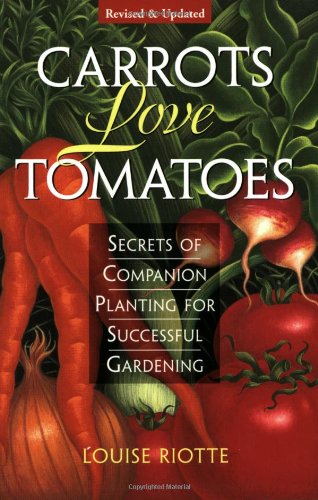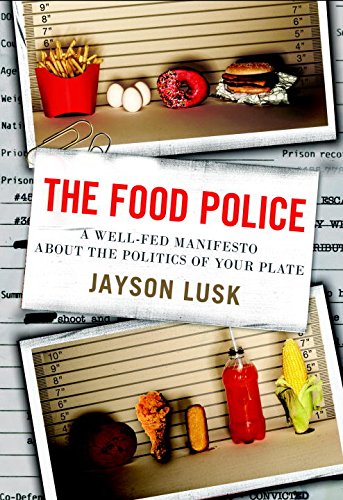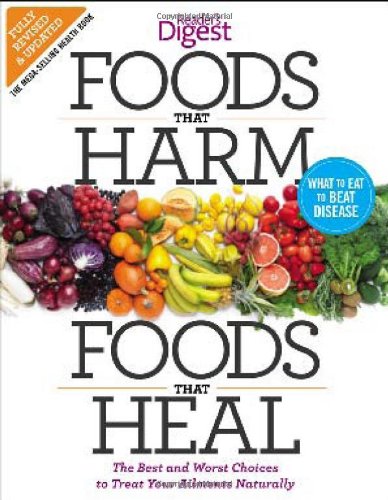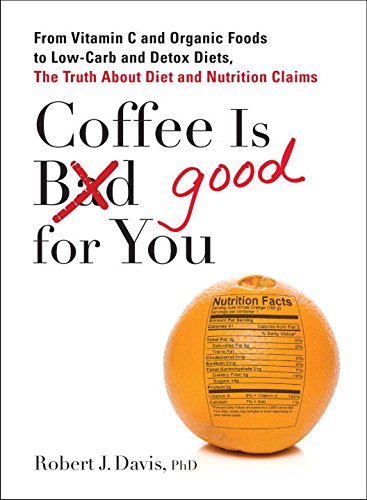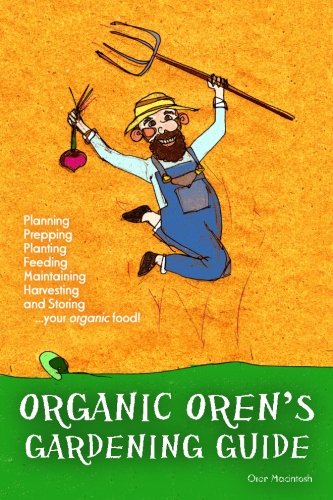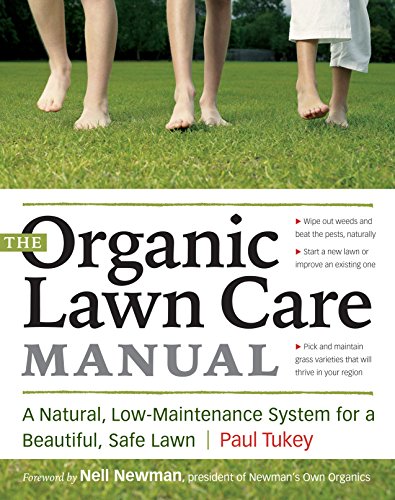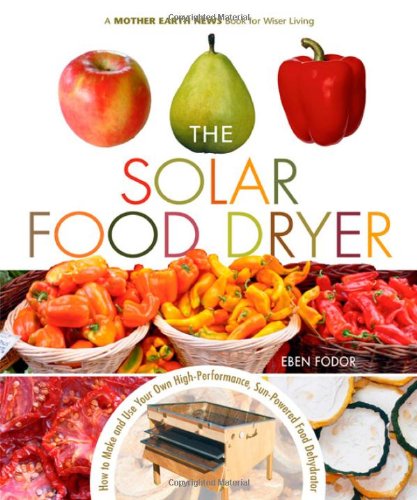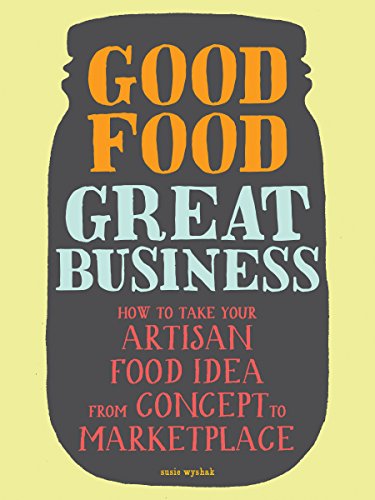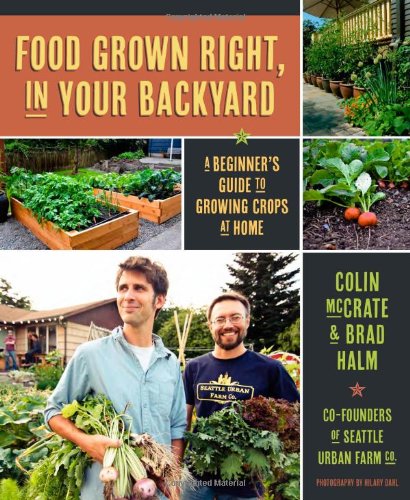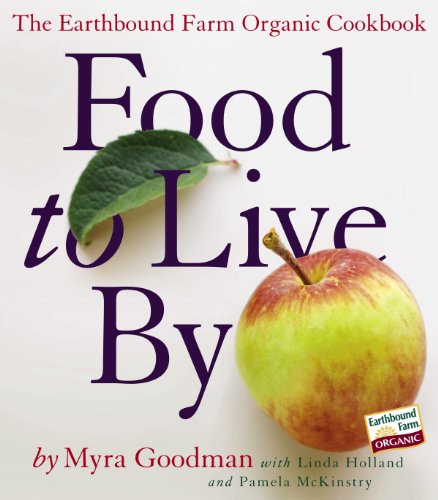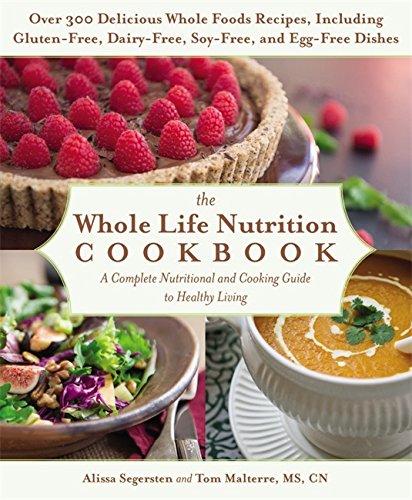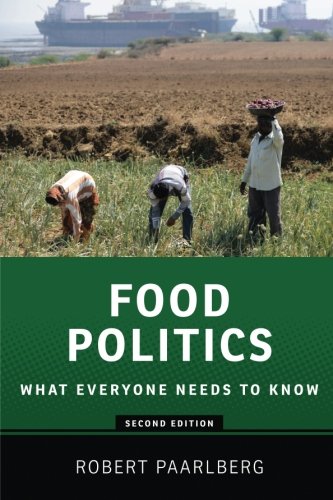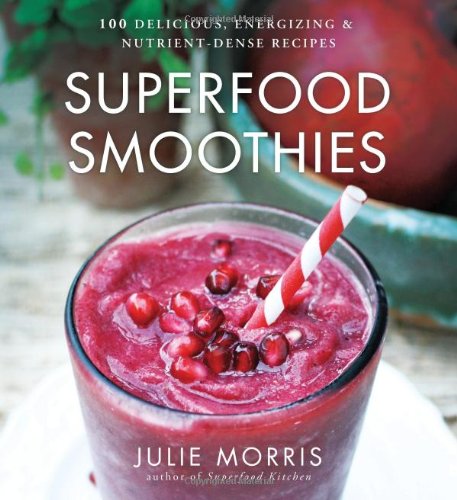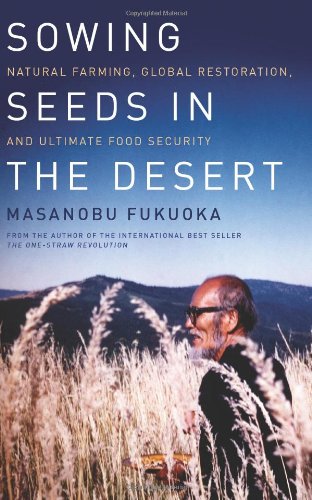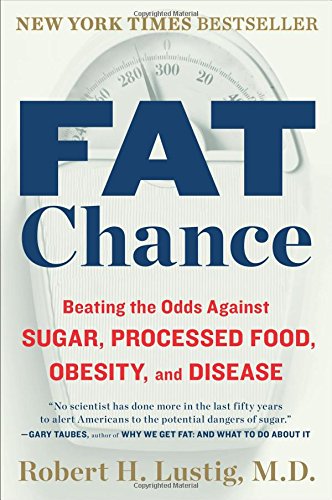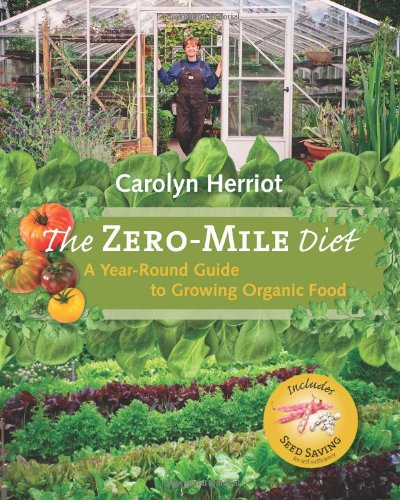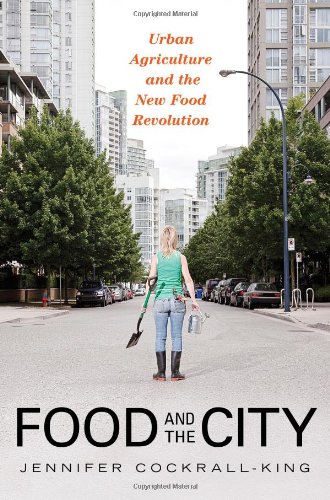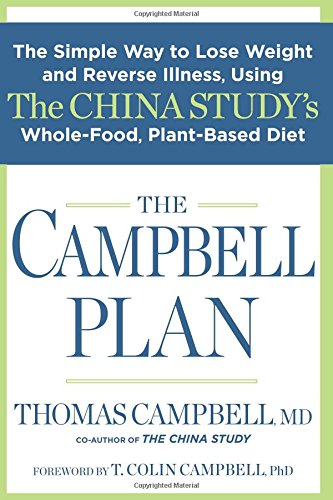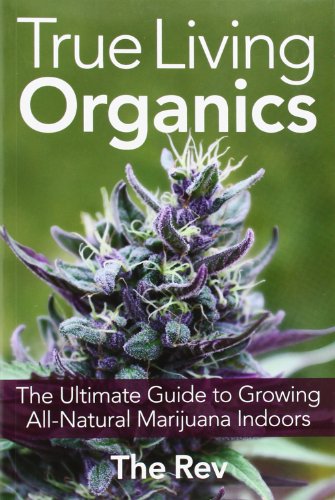
Healthy Homemade Baby Food: How to make Natural and Organic Baby Food with Delicious Recipes
Make Easy and Nutritious Homemade Baby Foods TodayDuring the first six months of a baby’s life, it is crucial for parents to give them high quality milk (preferably breast milk). However, once babies turn six months old, it is time to introduce new food items to them as a way to transition from liquid milk to solid food.Most parents buy commercially available baby foods for their babies but the problem is that conventional baby foods contain preservatives that may be dangerous to your baby’s health. This is the reason why it is crucial for parents or even would-be parents to learn the skill of making homemade baby foods today. If you are one of the many parents who want to learn how to make homemade baby foods, then this book is for you.With this book, you will be able to learn the following:Understand the basics before making homemade baby foods. These include the benefits of making baby foods as well as important nutrition information that babies need in order to grow up healthy.Chapter 2 discusses about the processes of making homemade baby foods as well as storage procedures and temperature guidelines in making homemade healthy baby foods.As soon as you finish reading Chapters 1 and 2, then you are ready to make your own homemade baby foods. Chapter 3 gives detailed instructions on how to prepare different types of nutritious baby food recipes that you can easily prepare at home.Preparing your own homemade baby food is a proof of your love to your baby as you don’t want your baby to eat foods that may be unhealthy for them.With this book, you will be able to exercise good parenting by being able to prepare delicious as well as nutritious baby foods right at the comforts of your home.

